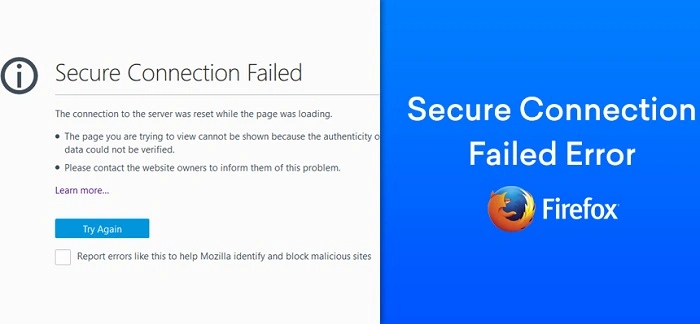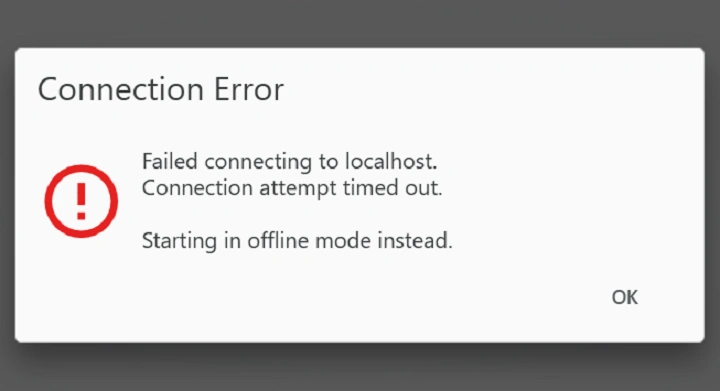Seeing a “Connection Failed” error can interrupt your workflow, gaming, or browsing unexpectedly. Whether it’s a network, server, or device issue, knowing how to diagnose and fix it quickly is crucial. This 2025 guide explains the major causes, fixes, and preventive measures for “Connection Failed” errors across different platforms and apps.
Understanding the “Connection Failed” Error

What Does It Mean?
“Connection Failed” usually means your device tried to establish a communication link with a server or another device and couldn’t complete it successfully.
Where You Might Encounter It
You can experience this error while:
- Accessing websites
- Connecting email apps
- Using cloud storage
- Joining online games
- Launching VPNs
Recognizing where the problem occurs helps in narrowing down the solution faster.
Common Reasons Behind Connection Failures
Network Interruptions
An unstable or unavailable internet connection is a leading cause of connection errors.
Server Downtime
The server you are trying to reach could be offline temporarily due to maintenance or unexpected issues.
Firewall or Security Restrictions
Your firewall, antivirus, or network security settings might be blocking the outgoing or incoming connection.
Wrong Configuration Settings
Incorrect settings such as wrong ports, incorrect passwords, or server addresses can cause failure to connect.
App or System Bugs
Sometimes outdated apps, system glitches, or compatibility issues result in failed connections.
Identifying the right cause is the first step toward a quick resolution.
How to Fix a Connection Failed Error
Step 1: Check Your Internet Connection
Make sure your Wi-Fi or mobile data connection is stable. Try opening a simple website to confirm connectivity.
Step 2: Restart Your Device
Power off and restart your smartphone, tablet, router, or computer to clear any temporary network glitches.
Step 3: Verify Server Availability
If connecting to an external server, check if that service is up. Use status pages like Downdetector or visit the company’s social media channels for updates.
Step 4: Inspect Firewall and Antivirus Settings
Temporarily disable the firewall or antivirus. If the connection succeeds, re-enable security and create an exception for the blocked service.
Step 5: Confirm Configuration Settings
Double-check server addresses, ports, and login details if you’re setting up email clients, FTP software, or gaming accounts.
Applying these steps usually fixes the majority of “Connection Failed” problems quickly.
Specific Cases and Their Solutions

Email Apps Connection Failed
Solution:
Verify that you’re using correct IMAP, SMTP, and POP server settings. Enable proper encryption methods like SSL or STARTTLS.
VPN Services Connection Failed
Solution:
Switch to another server location in your VPN app. Also, check if your ISP blocks VPN traffic and try different protocols like WireGuard or OpenVPN.
Remote Desktop or File Sharing Connection Failed
Solution:
Ensure that remote access is enabled on the destination device. Also, confirm that the local firewall allows incoming Remote Desktop or SMB connections.
Understanding specific cases makes troubleshooting more focused and effective.
Preventing Future Connection Failed Errors
Maintain Updated Systems and Apps
Keeping your operating system, apps, drivers, and firmware updated minimizes bugs and compatibility issues.
Secure but Flexible Security Settings
Configure your firewall and antivirus to allow trusted apps while keeping threats out.
Monitor Your Internet Connection Regularly
Use apps or router tools to monitor internet health and spot instability early before it causes disruption.
Backup Important Configuration Details
Save important server addresses, ports, and credentials securely to avoid errors when setting up new devices or apps.
Following these preventive practices saves you from repeating connection issues.
Frequently Asked Questions (FAQs)
What’s the first thing I should check when seeing a “Connection Failed” message?
Always check your internet connection first. Without internet access, many apps and services will fail to connect.
Can an outdated app cause connection failures?
Yes, outdated apps might lose compatibility with servers or develop bugs that block successful connections.
How do I know if the server I’m trying to reach is down?
Use online platforms like Downdetector or official service status pages to check if the server is facing outages.
Why does my VPN show “Connection Failed”?
It could be due to server overload, network blocks, outdated VPN apps, or firewall restrictions.
Should I disable my antivirus permanently if it causes connection failures?
No, instead of disabling it permanently, configure exceptions for the affected apps to maintain security without blocking connections.
Final Thoughts on Dealing with Connection Failures
While a “Connection Failed” error can feel frustrating, it’s often easily fixable with basic troubleshooting steps. By checking your internet connection, verifying server status, adjusting firewall settings, and keeping your systems updated, you can resolve these issues swiftly. Staying proactive with preventive measures ensures fewer disruptions in the future.

